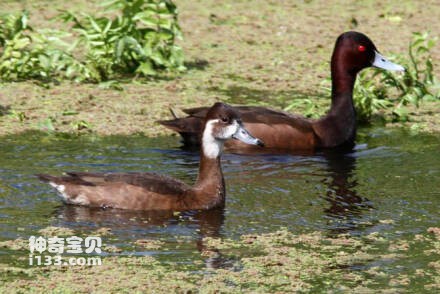
Southern Pochard
Southern Pochard,Netta erythrophthalma
Netta erythrophthalma (Southern Pochard) has two subspecies.Gray-billed duck···
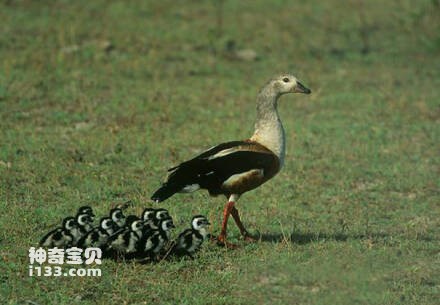
Orinoco Goose
Orinoco Goose
Neochen jubata (Orinoco Goose) rarely swims and is clumsy when flying. More ···
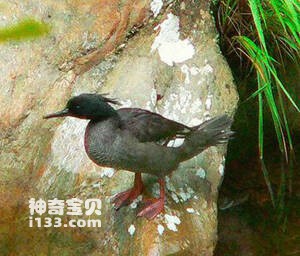
Mergus octosetaceus
Mergus octosetaceus,Brazilian Merganser
The Brown Merganser (Mergus octosetaceus) is Brazilian Merganser, without su···
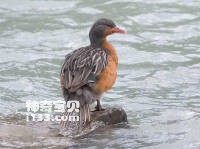
Merganetta armata
Merganetta armata,Torrent Duck
The Torrent Duck (Merganetta armata) has six subspecies.Scatter alone or in ···

Melanitta perspicillata
Melanitta perspicillata,Surf Scoter
Melanitta perspicillata Surf Scoter, no subspecies.Each winter the seabuckar···
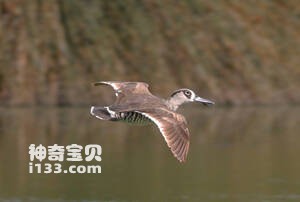
Malacorhynchus membranaceus
Malacorhynchus membranaceus,Pink-eared Duck
The red-eared Duck (Malacorhynchus membranaceus) is known as Pink-eared Duck···
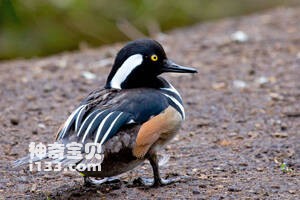
Lophodytes cucullatus
Lophodytes cucullatus,Hooded Merganser
The Hooded Merganser (Lophodytes cucullatus) has no subspecies.Mergansers li···
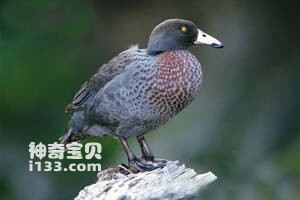
Hymenolaimus malacorhynchos
Hymenolaimus malacorhynchos
The mountain blue duck has two subspecies, Hymenolaimus malacorhynchos.The m···
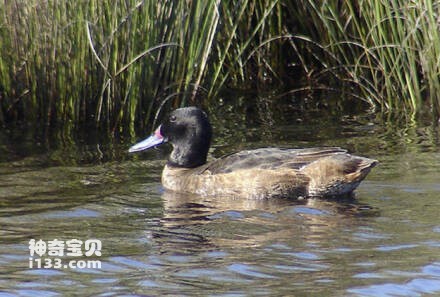
Heteronetta atricapilla
Heteronetta atricapilla,Black-headed Duck
The Black-headed Duck (scientific name: Heteronetta atricapilla) is a black-···
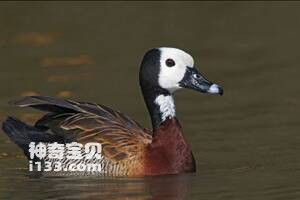
Dendrocygna viduata
Dendrocygna viduata,White-faced Whistling-duck,White-faced Duck,White-faced Whistling Duck
Dendrocygna viduata (Dendrocygna viduata) is a White-faced whistling-duck, W···
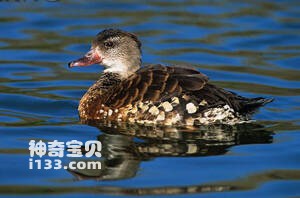
Dendrocygna guttata
Dendrocygna guttata,Spotted Whistling-duck,Spotted Whistling Duck
Dendrocygna guttata (Dendrocygna guttata) Spotted whistling-duck, Spotted Wh···
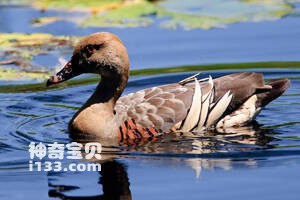
Dendrocygna eytoni
Dendrocygna eytoni,Plumed Whistling Duck,Plumed Whistling-duck,Grass Whistling Duck
Plumed Whistling Duck (Dendrocygna eytoni) : Plumed Whistling duck, Plumed w···

Dendrocygna bicolor
Dendrocygna bicolor,Fulvous Whistling-duck,Fulvous Duck,Fulvous Whistling Duck
Brown tree duck (Dendrocygna bicolor) Fulvous Whistling-duck, Fulvous Duck, ···
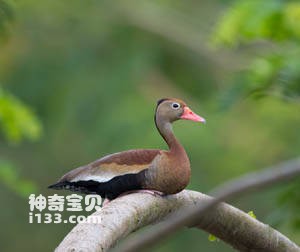
Dendrocygna autumnalis
Dendrocygna autumnalis,Black-bellied Whistling-duck,Black-bellied Whistling Duck
The Black-bellied Whistling Duck (Dendrocygna autumnalis) has two subspecies···
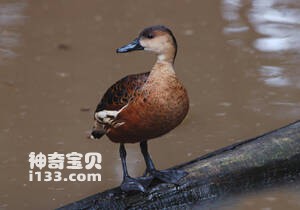
Dendrocygna arcuata
Dendrocygna arcuata,Wandering Whistling-duck,Wandering Whistling Duck
The zebra duck (Dendrocygna arcuata) has three subspecies: Wandering Whistli···

Dendrocygna arborea
Dendrocygna arborea,West Indian Whistling-duck,Black-billed Wood-duck,Cuban Tree-duck,West Indian Tree-duck,West Indian Whistling Duck
West Indian tree duck Dendrocygna arborea) West Indian Whistling-duck, Black···
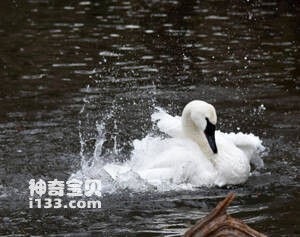
Cygnus buccinator
Cygnus buccinator,Trumpeter Swan
The black-billed Swan (Cygnus buccinator) is known as Trumpeter Swan and has···

Blue-winged Goose
Blue-winged Goose,Cyanochen cyanopterus
Blue-winged geese (Cyanochen cyanopterus) are blue-winged Goose birds in the···
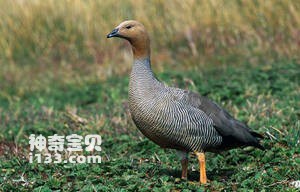
Ruddy-headed Goose
Ruddy-headed Goose,Chloephaga rubidiceps
Chloephaga rubidiceps (Chloephaga rubidiceps), a Ruddy-headed Goose, is a bi···
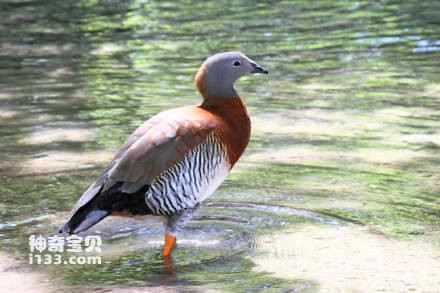
Ashy-headed Goose
Ashy-headed Goose,Chloephaga poliocephala
Chloephaga poliocephala (Chloephaga poliocephala), a foreign language name A···
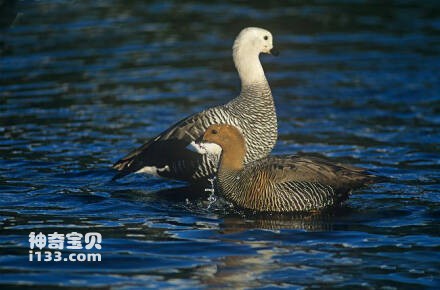
Upland Goose
Upland Goose,Chloephaga picta
Chloephaga picta (Chloephaga picta) foreign name Upland Goose, there are two···
